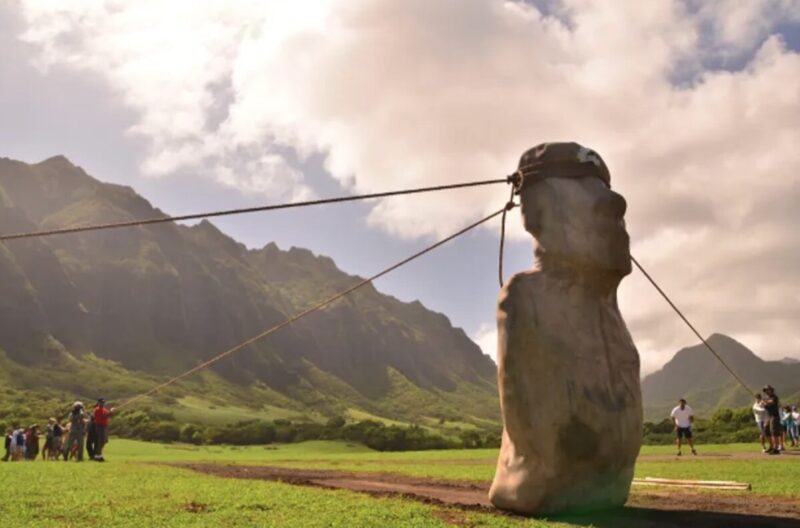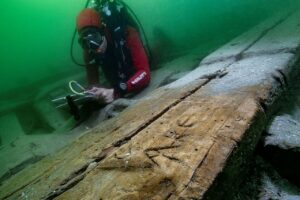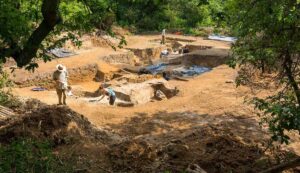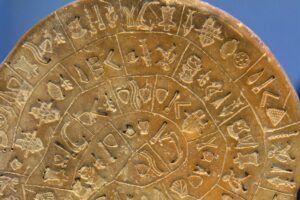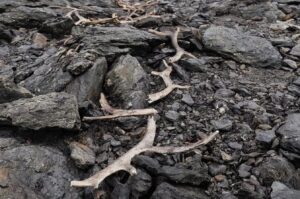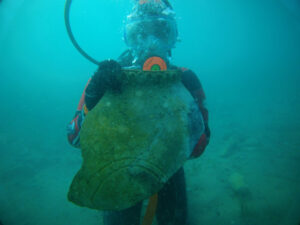For centuries, the giant stone statues on Easter Island, known as moai, have fascinated the world. The colossal human figures, some up to 10 meters high and weighing 86 metric tonnes, have had both scientists and the general public asking the same question: How did the Rapa Nui people move them into position?
Crafted between 1250 and 1500 CE, nearly 900 moai were carved and placed across the island. How they were constructed and transported was passed down orally through generations. When modern researchers asked the Rapa Nui people how the statues were moved, the answer was astonishingly simple: They said the moai “walked.” New research proves that this was, in fact, the case.
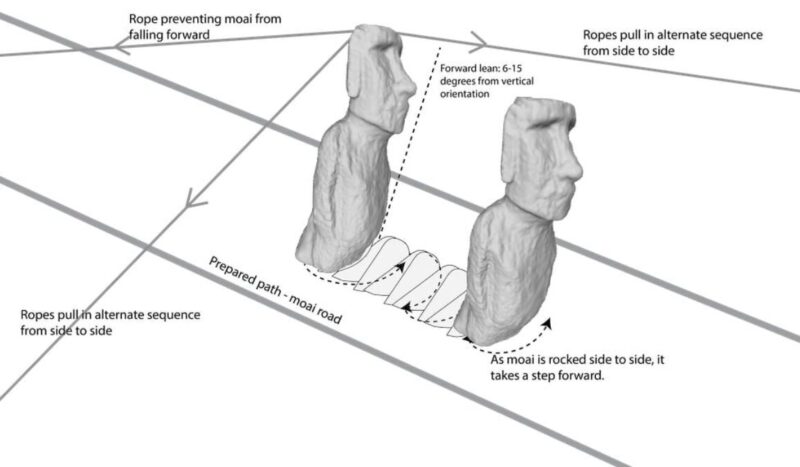
Illustration showing the ‘walking’ technique used to move the maoi statues. Image: Carl Lipo
Easter Island has very few trees, so the idea of dragging the statues on wooden sledges or rollers seemed highly unlikely. So researchers began considering that “walking” might not be a metaphorical expression. Could the statues really be moved upright, rocking side to side in a forward motion?
A team of researchers led by Carl Lipo from Binghamton University and Terry Hunt from the University of Arizona took a creative approach in their new study. They previously showed you could move statues using an upright rocking motion.
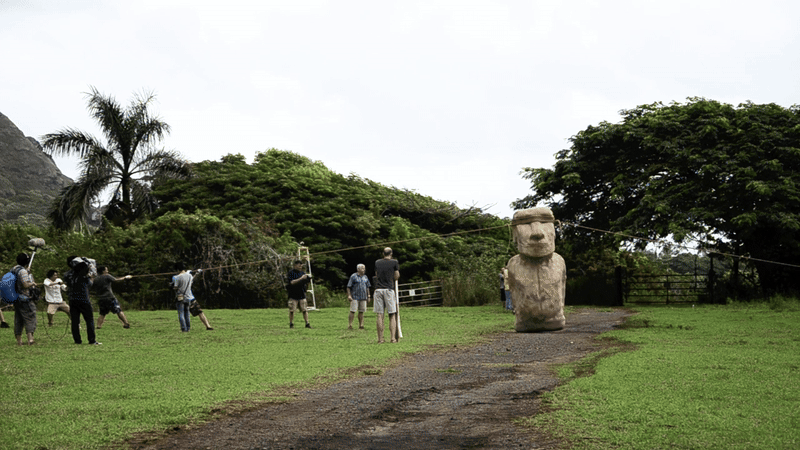
Photo: Carl Lipo
First, get it rocking
“Once you get it moving, it isn’t hard at all,” explained Lipo. “The hard part is getting it rocking in the first place.”
Following this success, they sought to determine if the same principles applied to statues as large as the moai. Researchers used computer simulations and built a 4.35-ton replica of a moai to get their answer. By looping ropes around the statue and having 18 people rock it side to side in a zigzag motion, they successfully moved it 100 meters in just 40 minutes. The experiment showed that the statues could “walk” with surprisingly little effort.
“The physics makes sense,” said Lipo in a statement. “What we saw experimentally actually works. And as it gets bigger, it still works. All the attributes that we see about moving gigantic ones only get more and more consistent the bigger and bigger they get, because it becomes the only way you could move it.”
The secret lies in the moai’s design. Each statue has a forward lean and a wide, D-shaped base, allowing it to pivot and tip safely from side to side. More evidence for this method is the roads on Rapa Nui. At about 4.5 meters wide with a concave surface, they are perfectly suited for guiding the walking statues. Researchers think they were actually created as the moai were moved along the surface of the ground.
“Every time they’re moving a statue, it looks like they’re making a road. The road is part of moving the statue,” said Lipo.
Beyond the mechanics, this discovery highlights the ingenuity of the Rapa Nui people.
“It shows that the Rapa Nui people were incredibly smart,” said Lipo. “They figured this out. They’re doing it the way that’s consistent with the resources they have.”
